Tandoori Chicken: From Clay Ovens to Your Kitchen
Spice lovers, gather around! If you’ve ever bitten into a piece of tandoori chicken and felt like you were transported straight to a bustling Indian marketplace, you’re not alone. This iconic dish is more than just flavor — it’s history, science, and soul rolled into one fiery marinade.
Table of Contents
- A Taste of History: The Origins of Tandoori Chicken
- The Spice Lineup: What Makes Tandoori Chicken So Irresistible?
- Marination Magic: Why Time Matters
- From Oven to Table: Mastering the Cook
- Pro Tips for Perfect Tandoori Chicken at Home
- Tandoori Beyond Borders: Global Twists on an Indian Classic
- The Science Behind the Sizzle
- Conclusion
A Taste of History: The Origins of Tandoori Chicken
Tandoori chicken traces its roots back to the ancient kitchens of the Indian subcontinent. The word “tandoor” refers to the traditional clay oven used for cooking, which dates back over 5,000 years to the Indus Valley Civilization. However, the modern version we know today was popularized in the mid-20th century by Kundan Lal Gujral, a Punjabi chef who opened the iconic Moti Mahal restaurant in Delhi after Partition.
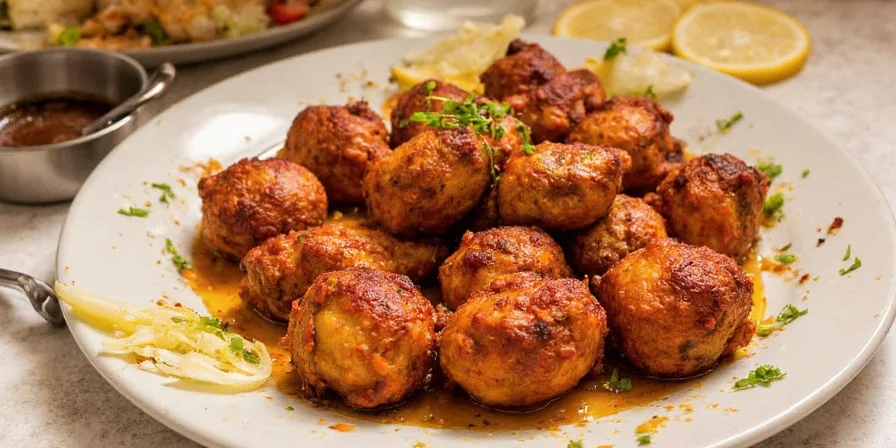
The Spice Lineup: What Makes Tandoori Chicken So Irresistible?
Let’s break down the key spices that make this dish a global favorite:
| Spice | Role in Tandoori Chicken | Flavor Profile |
|---|---|---|
| Cumin | Enhances depth and warmth | Earthy, nutty |
| Coriander Powder | Balances heat with sweetness | Floral, citrusy |
| Garam Masala | The aromatic backbone | Warm, spicy, sweet |
| Paprika (for color) | Visual appeal without too much heat | Mildly sweet |
| Cayenne Pepper | Kicks up the spice level | Hot, sharp |
| Turmeric | Antiseptic properties + golden hue | Bitter, earthy |
| Ginger & Garlic | Umami boosters | Pungent, savory |
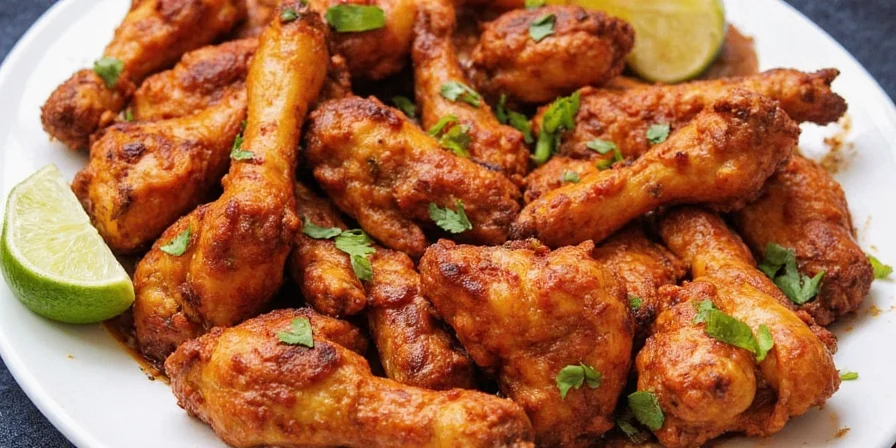
Marination Magic: Why Time Matters
One of the secrets behind tender, juicy tandoori chicken is a long marination period. Ideally, you should let the chicken rest in the marinade for at least 4–6 hours — but overnight? That’s where the magic happens.
Why so long? Yogurt is a key component in most tandoori marinades. Its mild acidity helps break down muscle fibers, making the chicken softer. Meanwhile, the spices begin to penetrate deeper into the meat, building layers of flavor.
Pro Tip:
- Use full-fat yogurt for the best texture and flavor absorption.
- Add a splash of lemon juice to enhance brightness and help tenderize further.
- For authenticity, use bone-in chicken pieces — they hold more flavor!
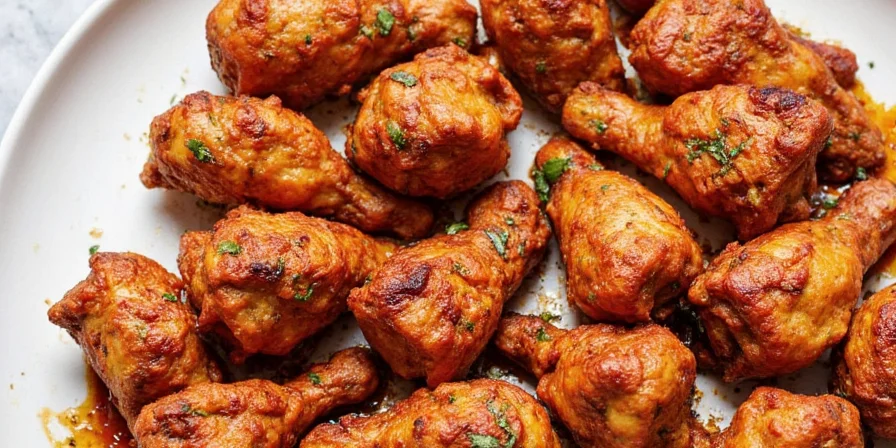
From Oven to Table: Mastering the Cook
If you don’t have access to a real tandoor oven (which can reach temperatures above 900°F / 480°C), don’t panic. You can mimic those intense conditions at home using a few clever tricks:
- Oven Broil: Preheat your oven to broil setting and place a rack as close to the top as possible. Rotate halfway through for even char.
- Cast Iron Skillet or Grill: Get your pan or grill screaming hot before adding the chicken. This will create that signature smoky crust.
- Charcoal Smoke Trick: Place a small piece of charcoal inside a metal bowl and set it alight. Nestle it among the cooked chicken pieces and cover for a few minutes — instant smokiness!
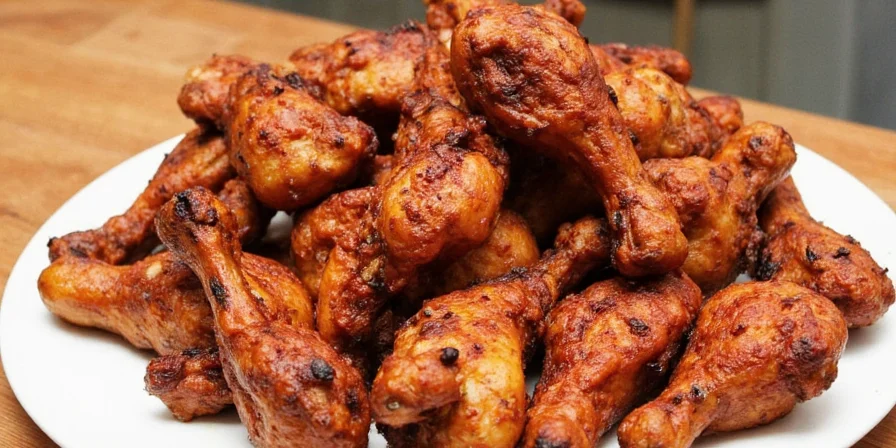
Pro Tips for Perfect Tandoori Chicken at Home
- Don’t skip the oil layer: Brush the chicken with ghee or oil before baking to keep it moist and help the colors pop.
- Salt timing: Add salt only after mixing in yogurt — salting first can toughen the chicken skin.
- Rest before serving: Letting it sit for 5–10 minutes keeps juices locked in.
- Try different proteins: Tandoori isn’t just for chicken! Lamb, paneer, or even tofu can get the same treatment.
- Customize your heat: Adjust cayenne based on personal preference — remember, you can always add more later.
Tandoori Beyond Borders: Global Twists on an Indian Classic
As tandoori chicken spread globally, cultures began putting their own spin on the classic dish. Here are some fascinating adaptations:
| Country | Variation | Key Difference |
|---|---|---|
| UK | Tikka Masala Chicken | Coated in creamy tomato-based sauce after grilling |
| USA | Tandoori Quesadilla | Grilled tortilla filled with marinated chicken and cheese |
| Japan | Tandoori Curry Donburi | Rice bowl topped with grilled chicken and Japanese curry |
| Mexico | Tandoori Tacos | Mini tacos with spiced chicken, cilantro, and lime |
| South Africa | Tandoori Bunny Chow | Hollowed-out loaf filled with spicy chicken stew |
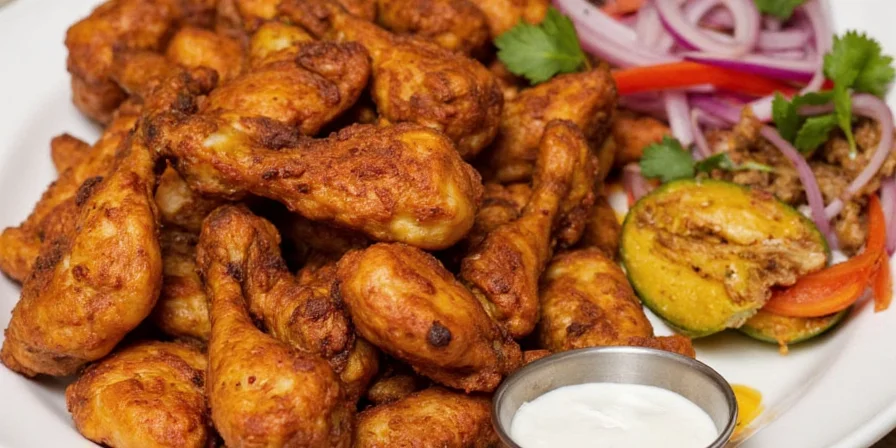
The Science Behind the Sizzle
Tandoori chicken isn’t just delicious — it’s a chemistry experiment in disguise! Let’s take a peek under the hood:
- Maillard Reaction: At high temps, amino acids and sugars react, giving the chicken that golden-brown crust and rich aroma.
- Yogurt Tenderizing: Lactic acid breaks down collagen, softening the meat without drying it out.
- Spice Solubility: Some spices are fat-soluble (like turmeric), others water-soluble (like paprika) — balancing them ensures even flavor distribution.
- Smoke Ring: In traditional tandoors, the pinkish layer beneath the surface comes from nitrogen dioxide in wood smoke reacting with myoglobin in the meat.
Conclusion
Tandoori chicken is more than just a meal — it’s a journey through time, culture, and chemistry. Whether you’re firing up a backyard grill or experimenting in your kitchen, mastering this dish opens the door to a world of global flavors. With the right spices, patience, and a little science, you too can recreate that unforgettable tandoori taste — wherever you are.
So grab your apron, round up those spices, and get ready to turn up the heat on your dinner table. After all, life’s too short for bland food — go bold with tandoori!

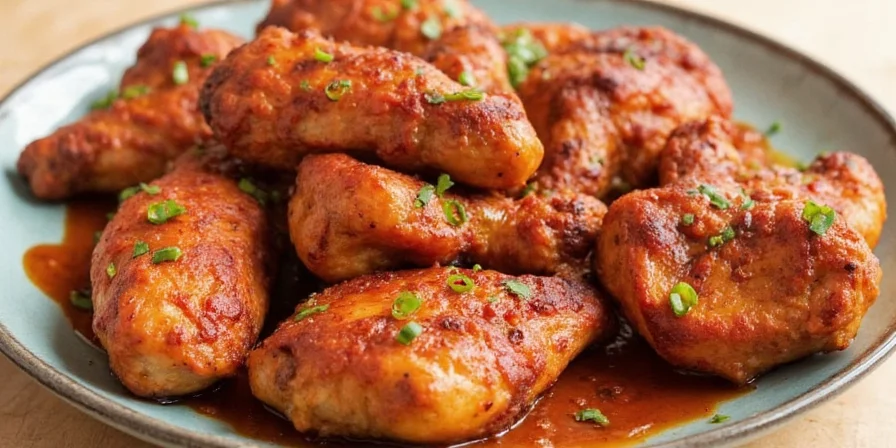









 浙公网安备
33010002000092号
浙公网安备
33010002000092号 浙B2-20120091-4
浙B2-20120091-4